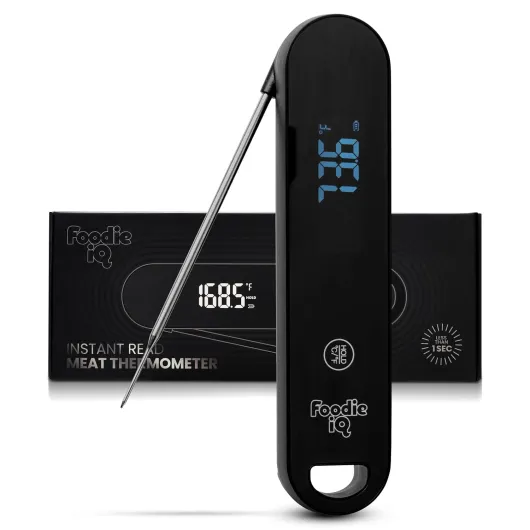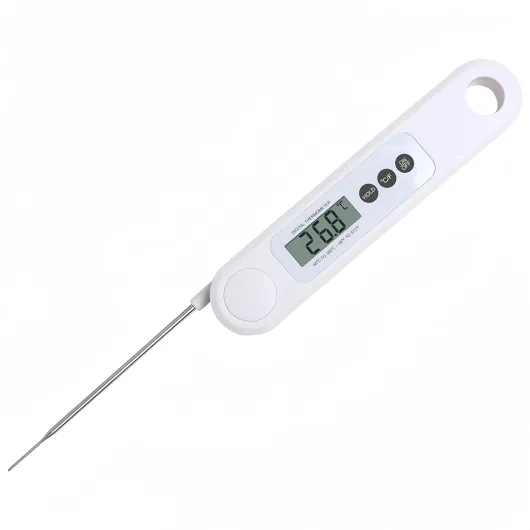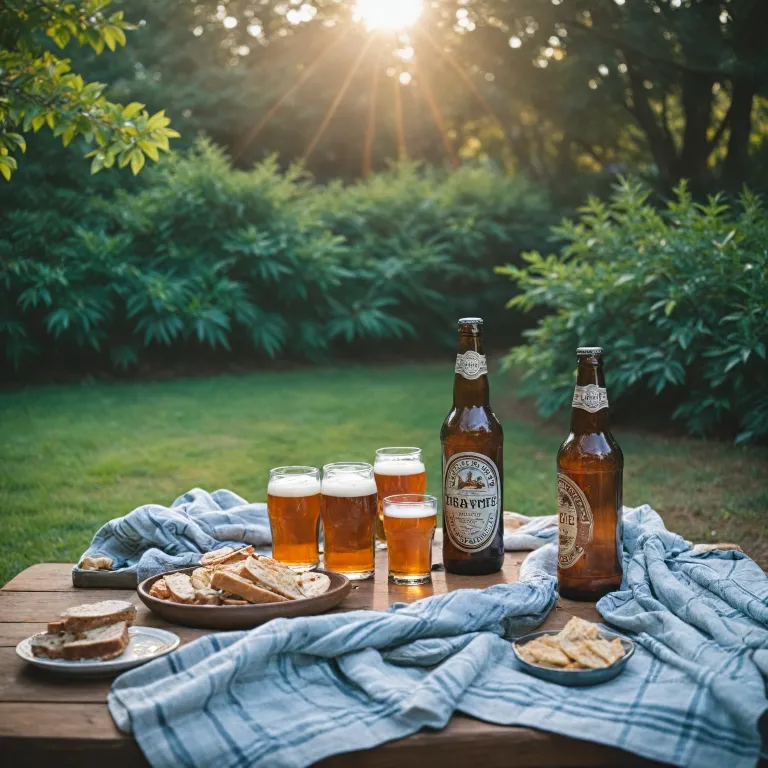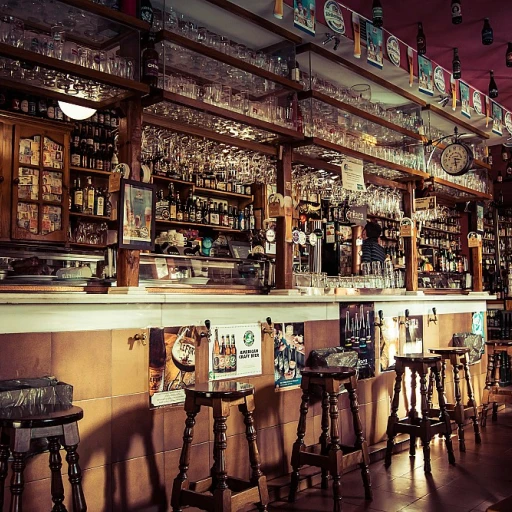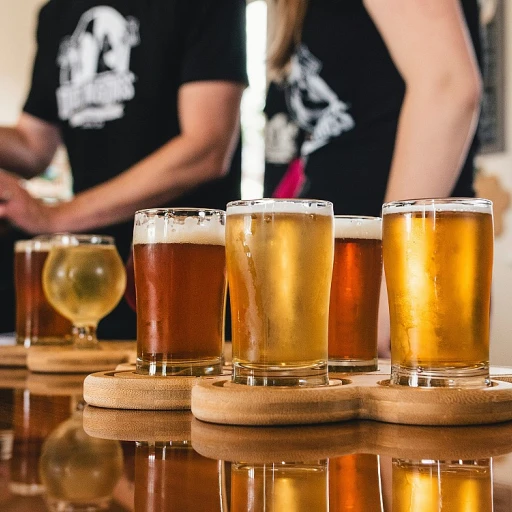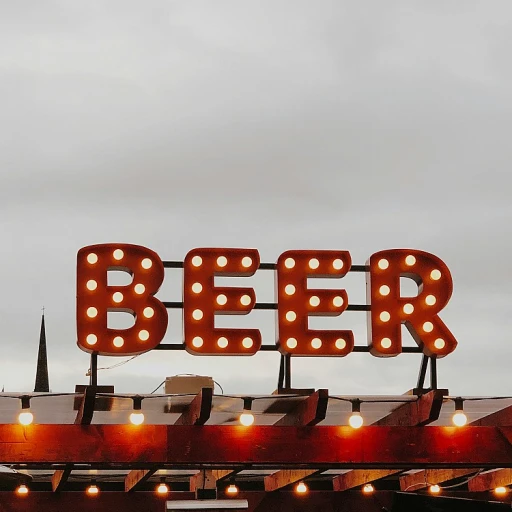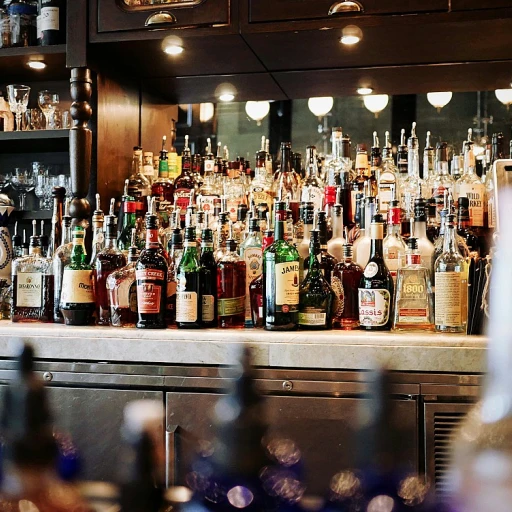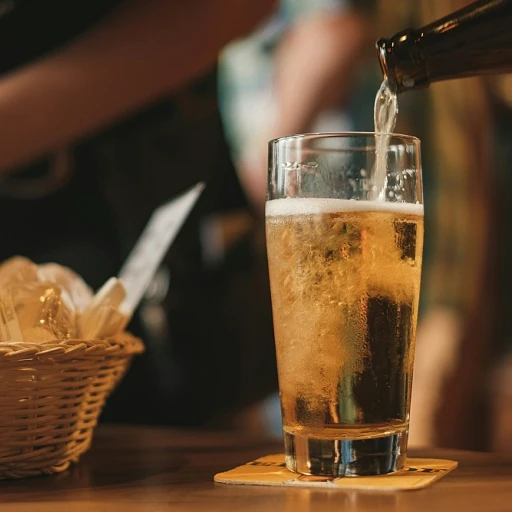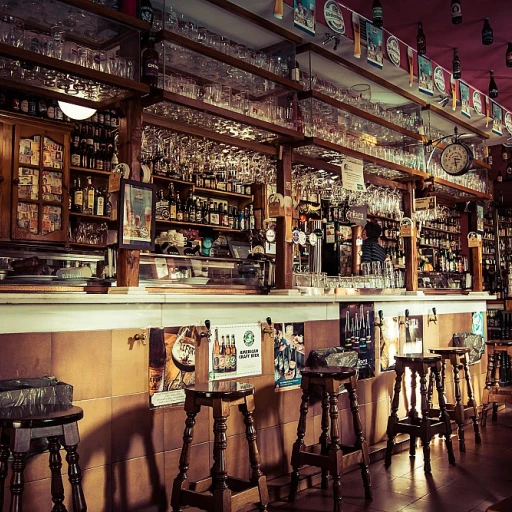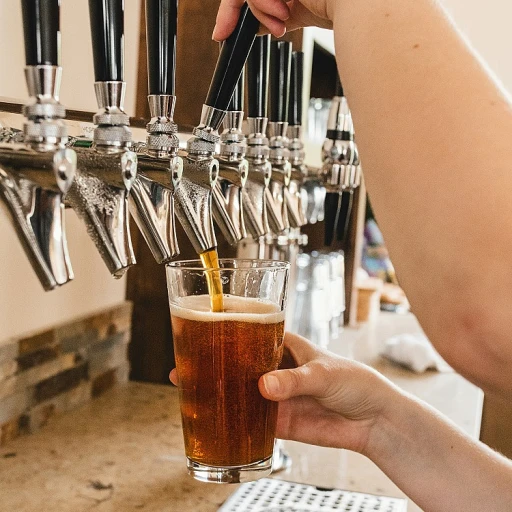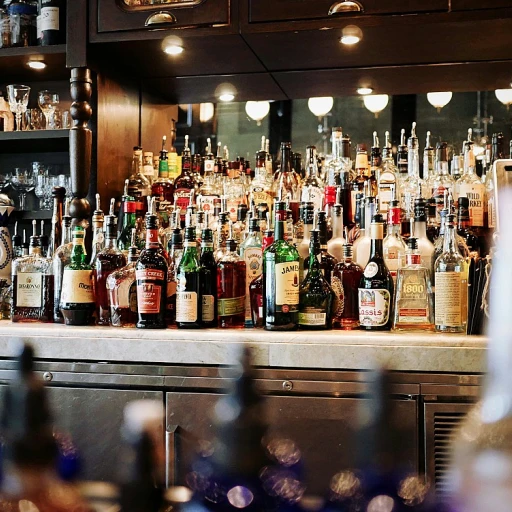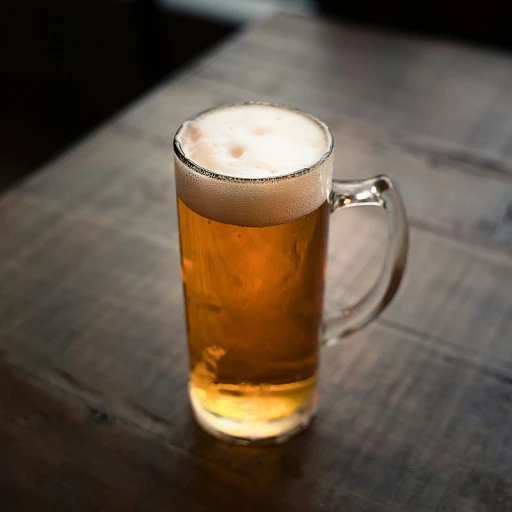
Understanding Beer and Temperature
The Importance of Temperature in Beer Enjoyment
Enjoying a glass of beer isn't just about picking your favorite brand or style. A key element that often goes unnoticed is temperature. The temperature at which beer is served can significantly impact your overall experience, from the aroma and flavor to even how it feels in your mouth.
Different beer styles have unique characteristics that are best highlighted at specific temperatures. For instance, lagers are often best served colder to accentuate their crispness, while ales might shine more at a slightly warmer temperature to bring out their complex flavors. Understanding these nuances is crucial for any beer enthusiast aiming to enhance their tasting experience.
Moreover, it's a common misconception that the colder the beer, the better it tastes. In reality, serving a beer too cold can mask its true flavors and aromas, which we will discuss further in other sections of this article.
If you're interested in exploring how other elements related to beer, like even using beer in products such as shampoo, can influence your lifestyle, you might find this article intriguing.
Stay tuned as we delve into the optimal temperature ranges for various beer styles and offer some handy tips to achieve that perfect chill.
The Ideal Temperature Range for Different Beer Styles
Finding the Sweet Spot for Various Beer Styles
The temperature at which you serve beer can significantly enhance its flavor profile. It's important to note that different beer styles have their own optimal temperature range to bring out their best characteristics. Let's take a closer look at how to make the most of your beer drinking experience by finding the sweet spot for each style.
- Lagers: Known for their crisp and refreshing nature, lagers are best enjoyed on the cooler side. A temperature range between 38-45°F (3-7°C) ensures you experience the subtle hoppiness without muting the refreshing qualities.
- Pale Ales and IPAs: These beers often have complex hop profiles, so serving them between 45-55°F (7-13°C) allows you to appreciate the depth and nuances of flavor.
- Stouts and Porters: To savor the rich, roasted notes often associated with these brews, aim for a slightly warmer range of 50-55°F (10-13°C). This allows the roasted malts and any chocolate or coffee notes to shine.
- Sours and Belgian Ales: These styles thrive in a range of 40-50°F (4-10°C) where their fruity and spicy notes can be appreciated without overpowering the delicate smoothness.
- Wheat Beers: Best served between 40-50°F (4-10°C), these beers are known for their tangy and citrusy flavors which are enhanced at this cooler temperature.
Remember that these temperatures can vary based on personal preference, but sticking within these guidelines will surely heighten your tasting experience. For more insights on how temperature can influence flavor aspects, explore how different factors contribute to beer enjoyment.
Why Cold Beer Isn't Always Better
The Downside of Frosty Brews
Many beer enthusiasts believe that the colder the beer, the better the experience. However, this isn't always the case. While a chilled drink can be refreshing, especially on a hot day, serving beer ice-cold can actually mask its true flavors and aromas, doing a disservice to your palate. When beer is served too cold, it loses its ability to reveal its intricate flavors and aromatic compounds, which are essential to fully appreciating the beverage. Cold temperatures numb your taste buds, making it challenging to detect the subtle nuances and complexities inherent in different styles of beer. For example, ales and stouts, which are brewed with a greater emphasis on flavor and aroma, benefit from being served at slightly warmer temperatures. This allows drinkers to enjoy the full richness and depth that these brews offer. Classically, lagers are served colder because of their crisp, clean taste which doesn't require the warmer temperatures to open up. Nonetheless, even lagers should be served at a temperature that complements their natural character rather than quelling their lively attributes. Striking the right balance is essential to enjoy a fulfilling beer tasting experience, similar to how enhance your hair care routine with beer shampoo lets you appreciate beer's versatile qualities in a unique way. Remember, the aim is to enjoy every sip while appreciating all the dimensions a beer has to offer. Truly, understanding and respecting the nuances of beer temperature can elevate your drinking experience.Tips for Achieving the Perfect Serving Temperature
Practical Tips for Serving Beer at the Right Temperature
Achieving the perfect serving temperature for your beer is not only about equipment, but also about a few mindful practices that can make a significant difference. Let's dive into some practical tips to ensure your beer is always at its best.- Storage is Key
Before you even think about serving, make sure your beer is stored correctly. A cool, dark place with a consistent temperature is ideal. If you have a beer cellar or a dedicated beer fridge, even better. Keeping your beer at a constant temperature helps retain its flavor profile. - Mind the Glass
The glassware you choose can impact the beer's temperature. Opt for chilled glasses if you enjoy your beer on the colder side. Alternatively, room-temperature glasses work well for warmer serving temperatures. Always avoid frosted glasses as they can chill the beer too quickly, affecting its taste and aroma. - Invest in a Thermometer
A digital thermometer can be a worthwhile investment. It will help you measure your beer's temperature with precision. Just dip it briefly into your poured beer to check if it's in the optimal range for its style. - Avoid Rapid Temperature Changes
Let your beer gradually reach its serving temperature. If it's too cold, remove it from the fridge and let it sit for a few minutes before serving. Conversely, if it's too warm, allow it a brief chill without drastic changes that could affect the beer's quality. - Get Expert Opinions
Consider asking experts or referring to beer enthusiasts' recommendations to learn from their experiences. You’ll find many interesting insights that can help enhance your beer enjoyment.

